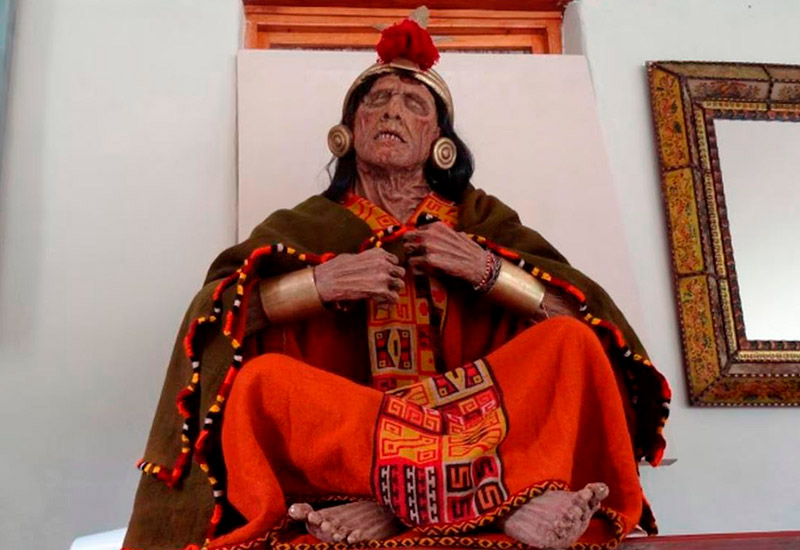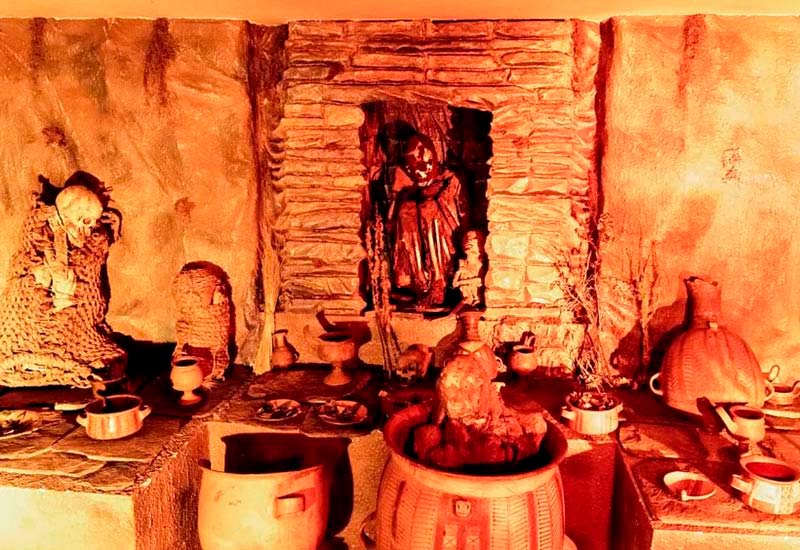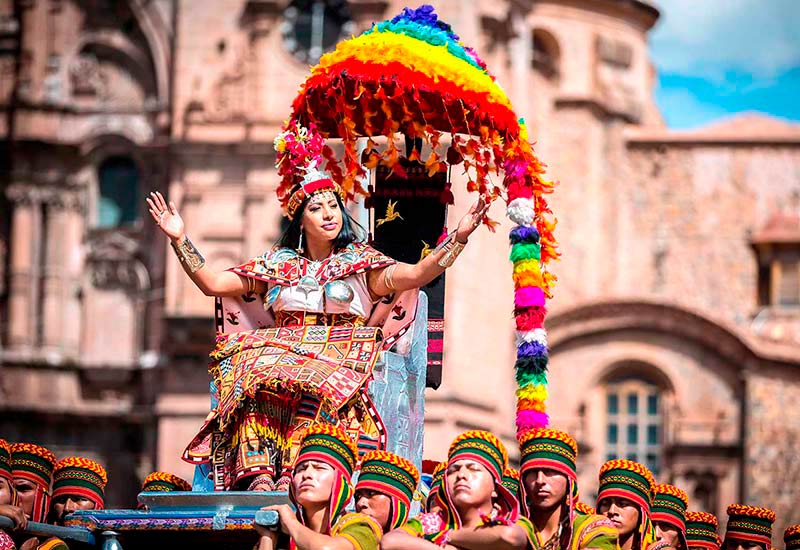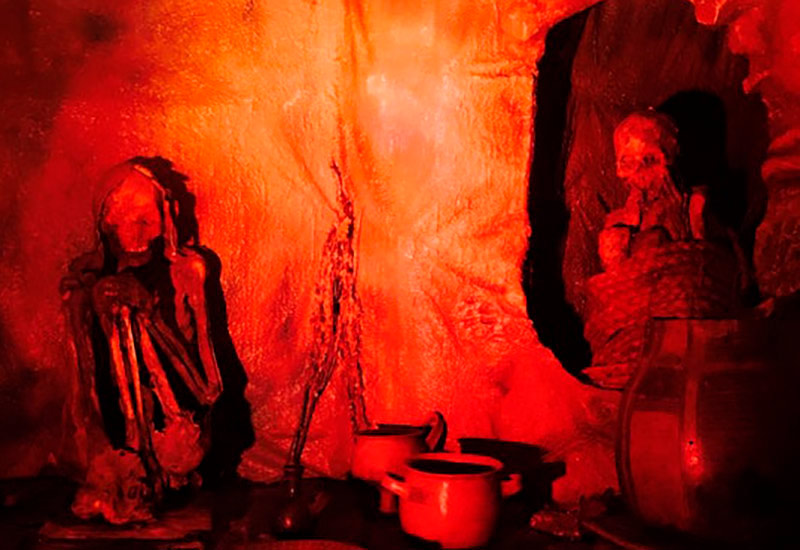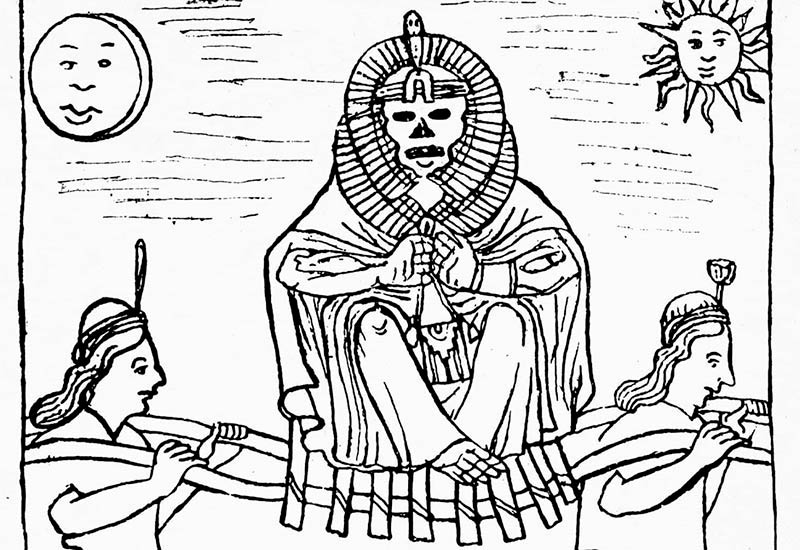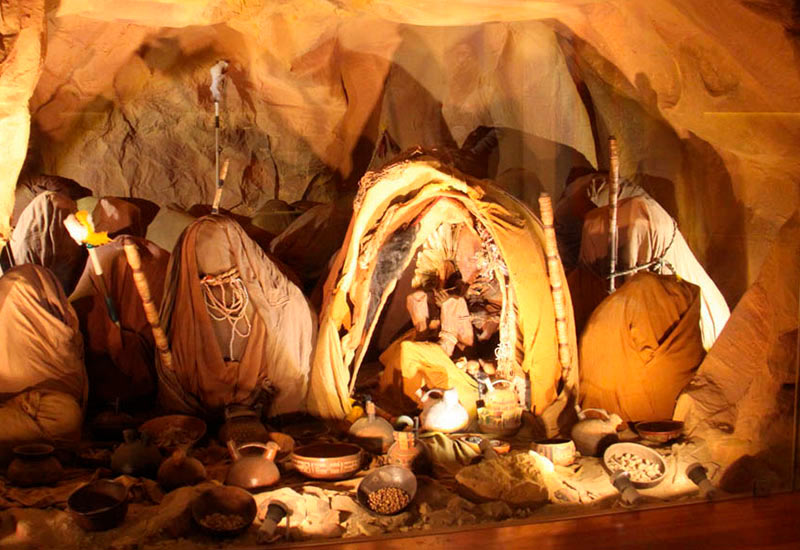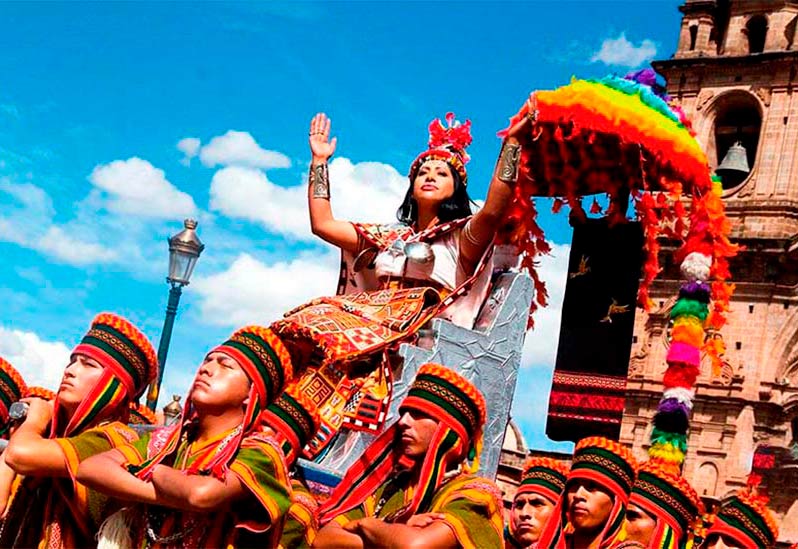The Inca mummies or mallquis: power beyond life
The mummies or mallquis were mummified bodies of the Incas during the Tawantinsuyo empire. Especially those who ruled during the last periods. These mummies were cared for by women and had spokespersons who were two people of both sexes, who made known the wishes of the mummy, which was considered a living being and therefore had strong political influence in the Inca state.
- The Incas and their representation beyond life
- The mallquis or mummies
- What social influence did the mummies or mallquis have?
- What record is there of mummies or mallquis?
- Image gallery
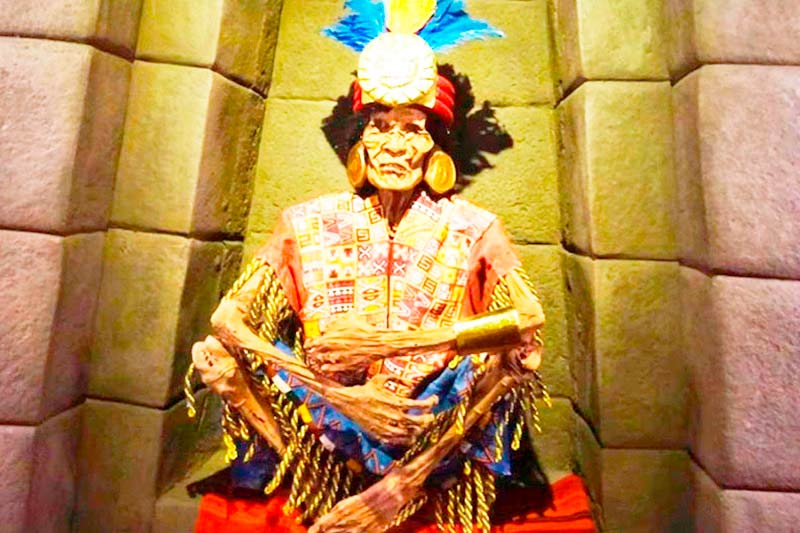
The mallquis or mummies
The Incas and their representation beyond life
The Incas were the maximum representation of the state of Tawantisuyo, it can be compared to a European monarch or king. However, due to its religious and symbolic connotations, the Inca acquired an almost divine representation that privileged its status beyond life. This representation brought great importance, influencing politics and economics, even after his lifetime.
The Incas were considered deities that inhabited this earthly world. They were children of the Sun, the highest deity of all Tawantinsuyo. At the moment in which they performed their role as sovereign, one way to expand their domain throughout the vast kingdom of Tawantinsuyo was through representations as doubles. These representations were gold statuettes that were decorated with the Inca’s hair and nails, which is why they were considered huacas or sacred ornaments. Being considered a deity, the Inca took strict care of his hygiene and diet.
It is estimated that the Incas were in good physical condition, that is, they were not obese. All this despite the excessive care they took of him. Hair and nails were cut from time to time by a family dedicated to it. This family was in charge of this as a line of succession for eternity. They were the only ones who could do the cleaning and haircut. Another care that the Inca received was that he could change his fine clothing every day. In some cases, they could change it more than three times a day.
However, they only received this care once they received the mascaypacha. They received education on par with the rest of the elite during their education. They also participated in the ceremonies to be considered adults and warriors. It is for this reason that the descendant or next Inca was chosen by the last ruling Inca. Choosing the next Inca was important because his functions and actions would determine the future of the entire state. The new Inca was chosen from among all the children of different Inca wives. An example of this was that during the Huáscar and Atahualpa succession, none of them was the main option, which is why the contest between them took place. Another factor, perhaps less influential in the decline and confrontation of the brothers, was that they were both young.
The Royal Panacas:
The Royal Panacas were the descendants or bloodlines that were formed from the first Inca, Manco Cápac. Something important to understand about the panacas is that inheritance was not generated. That is, the future Incas had to form and conquer their lands and population. The relationship of the panacas with the mummies lies in the fact that the leader of the panaca continued to exercise that role even after death. A sector of his family was in charge of enforcing this and at the same time playing the role of spokesperson for this Inca.
The mallquis or mummies of the Incas
According to some recent studies, it is known that it was the Inca Pachacútec who ordered that this tradition begin. This can be established because, according to some chronicles, at the time of battling the Chancas he was able to witness them carrying their ancestors, that is, during the battle, there was a group that defended and carried their mummified ancestors on a litter. He probably learned that practice from there, however. According to other studies referring to the gods in the Inca wars, where reference is made to the fact that it was very common in the Andean world to take their main deities to battle. This was to give them help and protection during the war.
A similar function was fulfilled by the mallquis or mummies of the Incas, although they did not participate in the battles. Converting the body of the deceased Inca into mallquis, ensured his presence beyond life and in spaces where he has probably never been seen. Something similar was used in the representations of what is known as the double of the Incas. These doubles or huaques were nothing more than a sculptural representation of the Sapa Inca. These representations were sent to all corners of Tawantisuyo and fulfilled an extension of the same Inca to which they had to worship. In these pieces or figures, on some occasions, the hair of the Inca himself was put on, as his nails or some garment that he had used.
Once the Sapa Inca was dead, they proceeded to mummify him. There is still no clear knowledge of how they proceeded to carry out this work. It is believed that oils made from molle were smeared on it. Probably the procedure comprised first a bath of the actual body, after which they proceeded with draining the blood and removing the organs. They placed them on small benches, where they looked seated with their arms crossed. The eyes were replaced by ones made of gold. They also wore all the hallmarks of when they were alive, such as the mascaypacha, gold bracelets, and finely woven suits.
These embalmed bodies should not be confused with human sacrifices were mummified due to weather conditions. These minor sacrifices were known as “Copaccochas”. These children and adolescents of both sexes were taken to places sacred where they probably died under some elixir. His death was necessary to appease or favors from the Tawantisuyo deities.
What social influence did the mummies or mallquis have?
As we mentioned before, there is a record that since the Inca Pachacutec entered the government, he modified the laws with which the Inca people were governed. The change’s importance was that the previous rulers had to be dug up to worship him. This would explain why the first rulers did not have or have large extensions of land and yanaconas. It is estimated that these bodies could have been found in the Qoricancha, as part of the Hurín dynasty. The Hanan dynasty began with this Inca, who defined the state in two powers that could be understood as the Executive Power on the part of the Inca and the Hanan dynasty and the Religious Power on the part of the priests and that would remain on the hands of the Hurín dynasty.
In this way, the mallquis acquired political participation since the dead Incas continued owner of their domains. The son who became an Inca inherited nothing of his father’s achievements. In this way, the previous royal family continued to exercise political influence and social control. That is to say, a part of the tributes and harvests continued to be sent to the entire family of the dead Inca. These royal families were also able to make their daughters possible coyas of the Incas.
The mummified bodies participated in the main ceremonies, religious rituals in toasts after battles or celebrations, and even lunches. Food was burned in front of them as a way of they were consuming it. They also participated in the Huarachico, where they toasted with the young people who went through the entire ceremony to become the future orejones. Another important festivity was held at Hallamarca Raymi, which was a festivity where people passed with the dead and for obvious reasons with the mallquis.
The descendants selected by this Inca or Mallqui, a man and a woman, acted as spokespersons to communicate their interests during State decisions. They symbolically acted as protectors of all their offspring and if they wanted, for example, a marriage with a daughter or granddaughter of the mallqui, the spokespersons gave the go-ahead or the denial. Like the case of Huáscar who had to pay tribute to the mallqui of the Inca Yupanqui to get married. According to some chroniclers, this detail greatly annoyed the young Inca who spoke out against this custom, saying that one had to govern for the living and not for the dead. This brief comment generated rejection by the most important panacas.
The coyas:
The coyas were the Inca couple, they were also considered a deity. Like the Incas, once the body of the coya died, it was turned into a mallqui. It likely played an important role beyond life. This tells us that the presence of women in the ancient Andean world had a strong influence.
What record is there of mummies or mallquis?
- The mallqui of the first ruler, Manco Cápac, was not mummified. There are only records that a finely decorated stone figure was used instead.
- From Sinchi Roca to Yahuar Waqac, they have been mummified with old and ineffective techniques. That is, without much knowledge of skin preservation.
- The first Inca to be mummified more exquisitely began with the father of Pachacútec, Wiracocha.
- After the brothers’ war, Atahualpa burned Tupac Yupanqui’s mallqui.
- Huáscar was murdered and thrown into a river.
- Atahualpa after being hanged, it is said that the body was sent to Quito and probably has a mallqui.
- The rest of the mallquis were burned and others, unfortunately, disappeared after the conquest.
By Ticket Machu Picchu – Last updated, August 15, 2024
